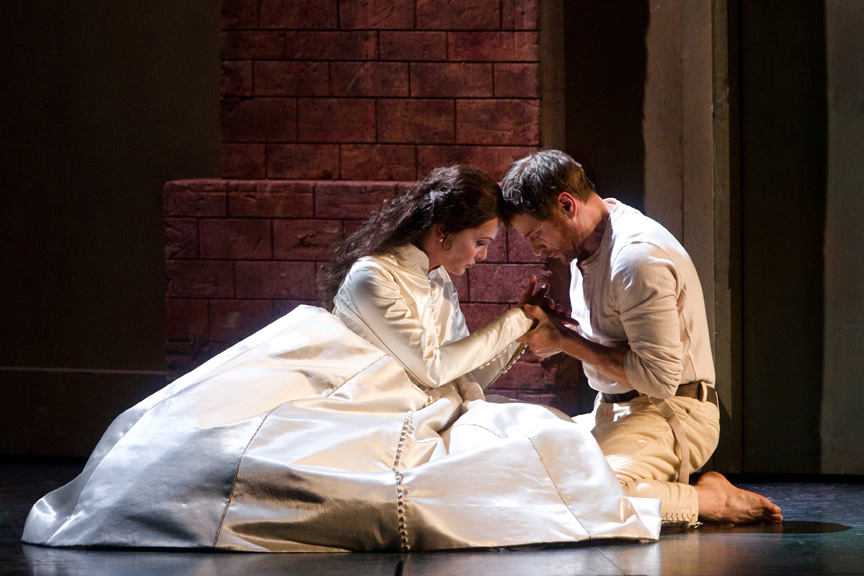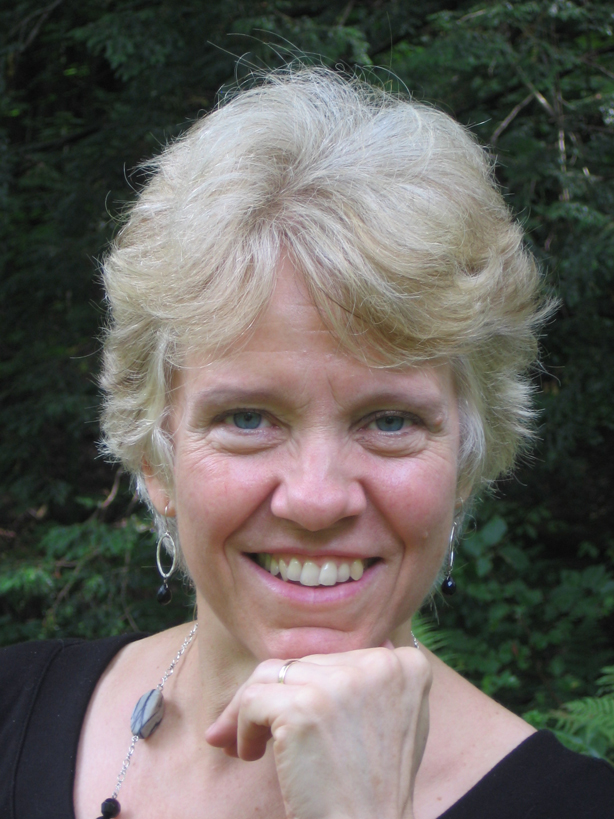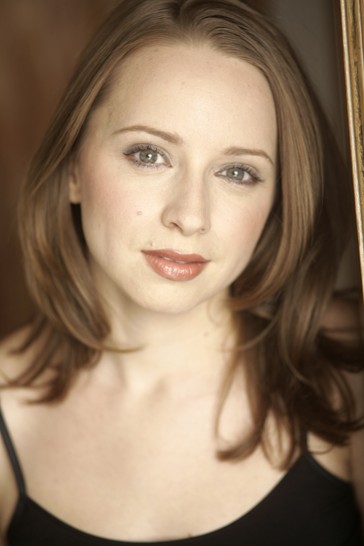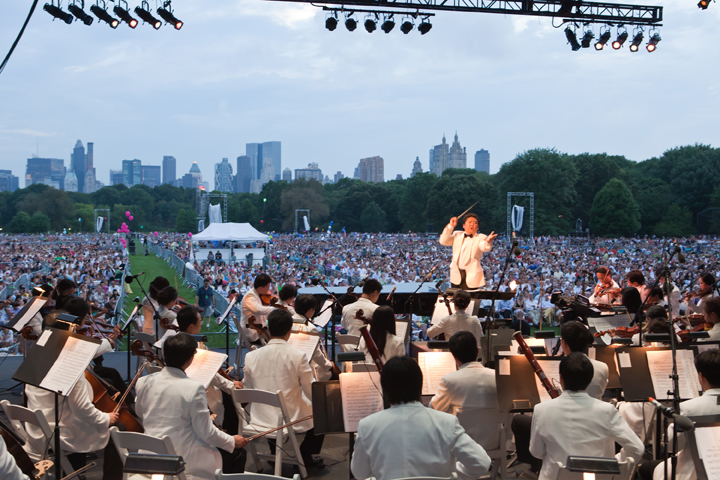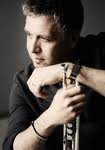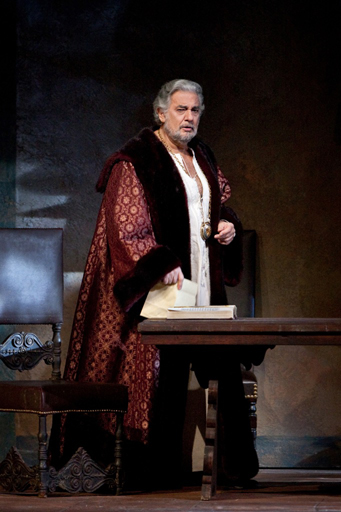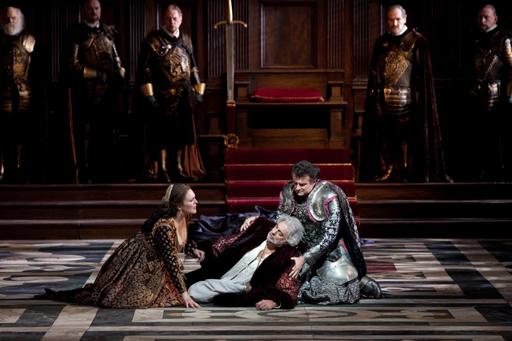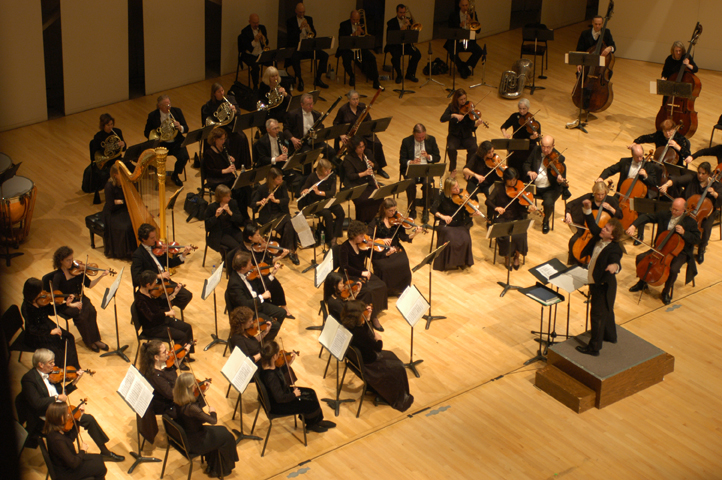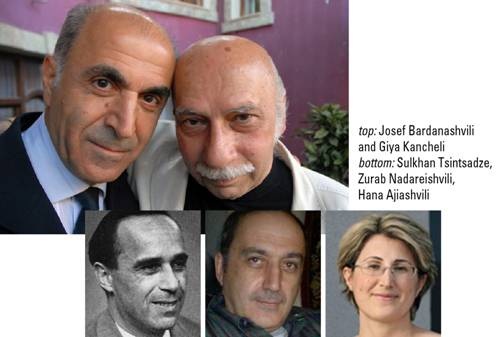If an opera has lain dormant for 100 years, only a great performance can awaken it. Ambroise Thomas’ “Hamlet,” premiered in Paris in 1868, was last performed at the MET in 1897; it was revived this season in a new production by Patrice Caurier and Moshe Leiser, created for the superb English baritone Simon Keenlyside in the title role. Taped at the March 27 performance, it was telecast on July 15 as one of Lincoln Center’s truly “Great Performances at the MET.”
Though rarely remembered today, Thomas (1811-1896) was a prolific composer so highly esteemed during his lifetime that he was made Chevalier of the Legion of Honor, and Director of the Paris Conservatoire. Of his 13 operas, “Mignon”(1866), based on Goethe’s novel “Wilhelm Meister,” and “Hamlet,” both with librettos by Jules Barbier and Michel Carré, were most successful; to celebrate Mignon’s 100th performance, Thomas received the Grand Cross.
Choosing librettos from the world’s greatest literature is risky: the words tend to eclipse the music, and the originals have to be “adapted” out of recognition. In the case of “Hamlet,” first of all, forget Shakespeare – not an easy task. The story is drastically truncated; the situations are simplified and perverted, the characters’ actions and interactions largely changed. Polonius reveals his complicity in the dead King’s murder; Hamlet and Ophelia are engaged; the opera ends with Hamlet and Laertes fighting at Ophelia’s grave; both die after Hamlet stabs the King.
The production is an amalgam of starkness and overkill. The stage is bare, with moveable walls at irregular angles; at first, there isn’t a chair in sight, so the singers have to stand, or sit, crouch, and lie on the floor. The acting, initially fairly dignified, grows increasingly excessive. Gertrude, crazed by guilt and terror, behaves more like Lady Macbeth than Denmark’s Queen. An inordinate amount of red liquids are spilled on stage: Ophelia gets covered in blood as she kills herself by stabbing her breast and slitting her arms; Hamlet jumps on a table, pours jugs of red wine all over himself, then rolls to the floor with a frightening thud. One hopes the intermission will be long enough for him to take a shower and change his clothes. He not only “chews the scenery,” but actually digs holes in it with his dagger.
Adding real-life drama, soprano Natalie Dessay withdrew from the production for health reasons at the last minute. She was replaced by Marlis Petersen, who, though scheduled to sing Ophelia later, flew in from Europe the day before the premiere and gave a sensational performance on a single rehearsal. The singing was altogether spectacular. David Pittsinger was a sonorous Ghost (he reappeared several times); James Morris, after a wobbly vocal start, projected Claudius’ guilt- and fear-ridden bravado with grim authority. Jennifer Lamore made Gertrude hysterical but sang with purity and passionate intensity; in his debut, Toby Spence was a youthfully fiery, bright-voiced Laertes. Petersen brought the house down in what must be opera’s ultimate mad- and-death-scene, tossing off stratospheric coloratura acrobatics while staggering around the stage. But the evening was really Keenlyside’s triumph. In a vocally and visually riveting performance, he used every nuance of his dark, ravishingly beautiful voice, every shading of his somberly handsome, expressive face, and every gesture of his lithe, tightly wound body to bring the enigmatic, brooding hero’s ever-changing moods, feelings and states of mind to vibrant life, giving him more range and depth than either the libretto or the music.
Ah yes, the music. The beginning is very promising: a somber Prelude heralds the gloomy events on stage, using mostly low instruments, and featuring a long, arresting horn solo. Later, equally dark orchestral interludes put the spotlight on the trombones. What the music lacks is a melodic and harmonic profile. There are numerous arias, even one beginning with “To be or not to be,” but they do not define the characters or remain in the memory.
Major credit for giving shape to the individual scenes and the whole work must go to the conductor, Louis Langrée, known to New York audiences mostly as the maestro of the Mostly Mozart Festival. Equally at home in this totally different musical world, his mastery of the score and consummate baton-technique inspired confidence and security in the singers and orchestra, and his sensitive support and firm leadership contributed greatly to making this once famous opera seem worthy of being rescued from obscurity.

